4: The role of style and environmentalism

Serge Gainsbourg and Jane Birkin in 1968 on the set of “La Piscine,” directed by Jacques Deray, in St. Tropez / Credit / Jean-Pierre Bonnotte/Gamma-Rapho, via Getty Images
There is an increasing environmental awareness to how we live our lives – zero carbon output might initially be seen as idealistic – but a more sustainable life is achievable. Looking at where life can be improved and consumption reduced is a design imperative. It is at the forefront of discussions (as both villain and savior) because Design is unique for its accessibility and reproducibility. Printed, digitised, scanned and photocopied – it literally wraps our lived experience; whilst mass production, self-assembly, flat packed and rapid prototyping provide many – if not all – of the material things we have in our lives too. Its ubiquity creates an ecosystem of consumption.
It is a complicated but clearly differentiated ecosystem. Creating a commercial network which produces a dynamic environment for design; a world which Includes everything from star-architecture to upcycling. An ecosystem must maintain a biodiversity to sustain and replicate communities of brands, designers and makers. To encourage this healthy growth, in the absence of a local high streets, and creative spaces, online communities such as Etsy, and social media platforms like Instagram, are important in providing a feedback loop to support this system.
These communities are increasingly visible not through conventional stores, but pop-up retailing and online platforms designed to address the individual and small scale – over mass consumption. All share a common focus on promoting design and designers. Ikea for instance, are pivotal in bringing design to the masses, and connecting notions of ‘home’ with design; whilst smaller online enterprises such as fashion brand Paloma Wool, focus on a politics of style and identity. Fashion connects self with representation, and by utilizing social media, video and pop-up shops, Paloma connect their products with their ideas. This, in turn, allows for audience consumption and participation with their brand. These new brands both endorse and embrace environmental issues. These enterprises are examples of a root system which feeds into design.
Exploiting our knowledge of style is an important filtering element in the system. Because it empowers us to circumvent mass manufactured, or environmentally damaging design. Understanding style, like art appreciation, allows us to go beyond surface understanding, by encouraging informed engagement with fashion, for instance, and design more generally.
The architect Daniel Libeskind comments “good taste is a matter of choice, but style is reflex. It’s not something you choose, it chooses you”. Style, in and of itself, does not have to have monetary value. We can use style to filter the design world and the relationship between it, our creative impulse, and the things we buy.
It is difficult to define style but Libeskind comment is useful, because it presents style as a natural, intrinsic element to design. Style is the kernel of authenticity in design and is separate from the socially dictated notions of good taste, or fashion.
A good example to clarify style over fashion is the miniskirt. The current Mary Quant exhibition at the Victoria and Albert museum, London, has the miniskirt, in its various iterations, as the dominant design. It is the kernel of style – authenticity – which gives the Miniskirt its dominance. You can wear a Mary Quant minidress today, and still look contemporary – on-trend. Equally, you could go to the thrift shop, pick up a miniskirt cloths-pattern, produced in the 60s and 70s, and construct a garment which will contain the kernel of style of the original. Whereas, if we look at the ‘spin-offs’ Quant and others created in response to the mini’: The midi, the maxi skirt; which do not contain this kernel. They are, in fact, trapped in a notion of fashion and a time-line of taste; they look 1970s compared to the style of a miniskirt. They are of their time, whereas style transcends trends.
This understanding of style, and its permanence, is important because it empowers makers and consumers to make informed decisions, rather than following trends – which is vital – because good design is an environmental investment too. Style means it will remain in your wardrobe, or on your mantelpiece, or in the case of the Mark I Mini – your drive! Style encourages longevity rather than collecting in landfill already brimming with the detritus of passing fads. A eco-system which delivers sustainable lives.
Feature Image: Paloma Wool Pop up storo by Dello Studio







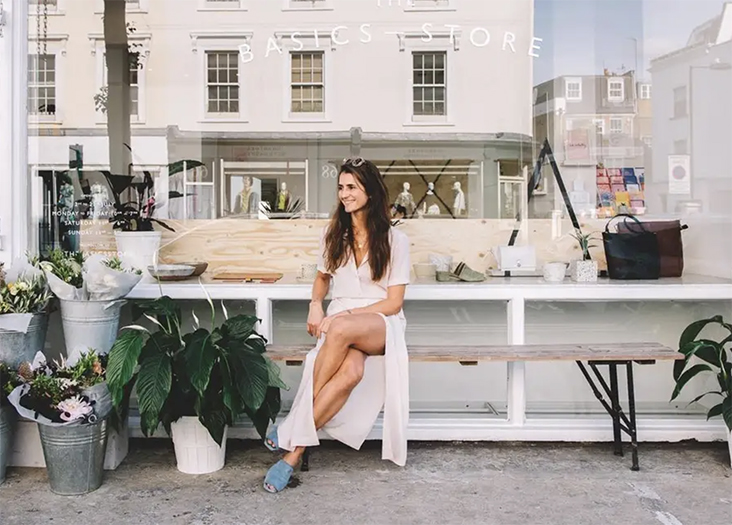
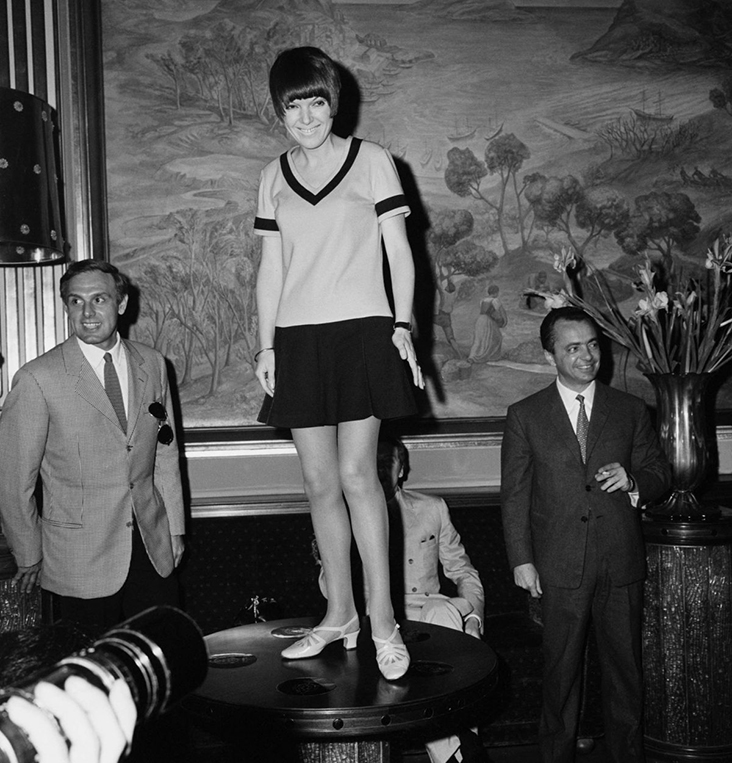
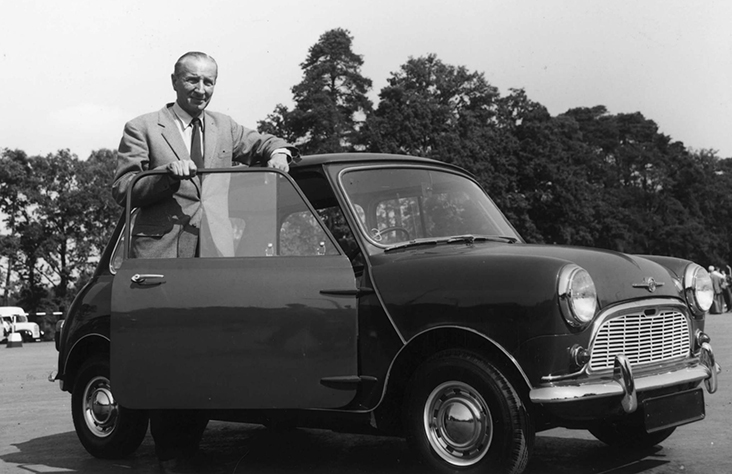
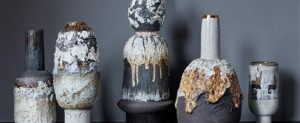
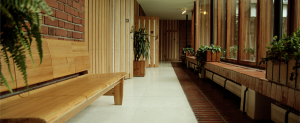
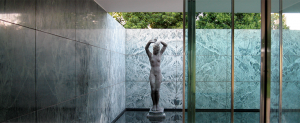
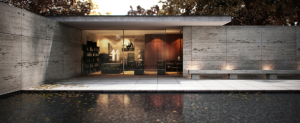

























Leave a comment